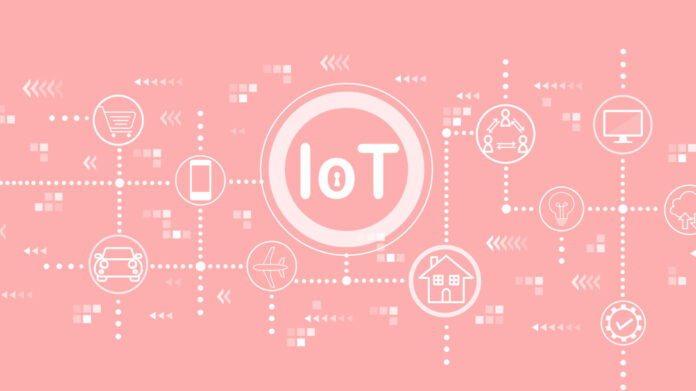The market for printed sensors is set to reach $960 million by 2034, according to a new report by IDTechEx. The firm noted that demand for printed and flexible IoT sensors, produced in large areas on flexible substrates, is strong in the automotive industry, in particular, where they are already well deployed as force sensors to detect seat occupancy, but that they are finding purchase in the healthcare, electronics, industrial, and logistics sectors, also.
The market will be worth $421 million in 2024, it said; the 10-year forecast predicts growth of almost 130 percent. Force sensors, as used in vehicles, will represent the biggest sub-set of sensor types in the market, said IDTechEx. But printed sensors are increasingly used to measure a range of impacts, including displacement, temperature, electrical signals, and gas concentration, it said. Their major appeal is their low cost, and new use cases, it added.
Jack Howley, technology analyst at IDTechEx, wrote: “Printed sensors are seeing early adoption in consumer electronic devices, from laptops to power tools. Emerging automotive applications include battery health monitoring and human-machine interfaces. Innovation is also evolving to meet demand for multi-functionality. Hybrid printed sensor technologies pose a disruptive threat to existing sensor industries, in addition to unlocking new use cases.”
The new report from IDTechEx splits the market into eight sensor technologies, covering printed piezoresistive sensors and force sensors (FSRs), piezoelectric sensors, photodetectors, temperature sensors, strain sensors, gas sensors, capacitive touch sensors, and wearable electrodes. It also discusses areas of innovation in manufacturing printed sensors, including emerging material options and the technology underlying the manufacturing processes.
IDTechEx said the report has been “compiled over many years”, and builds on its research in areas such as sensors, wearable technology, flexible electronics, stretchable and conformal electronics, smart packaging, conductive inks, nanotechnology, future mobility, and electronic textiles (e-textiles). The report claims to analyse “all known major companies and projects”.

